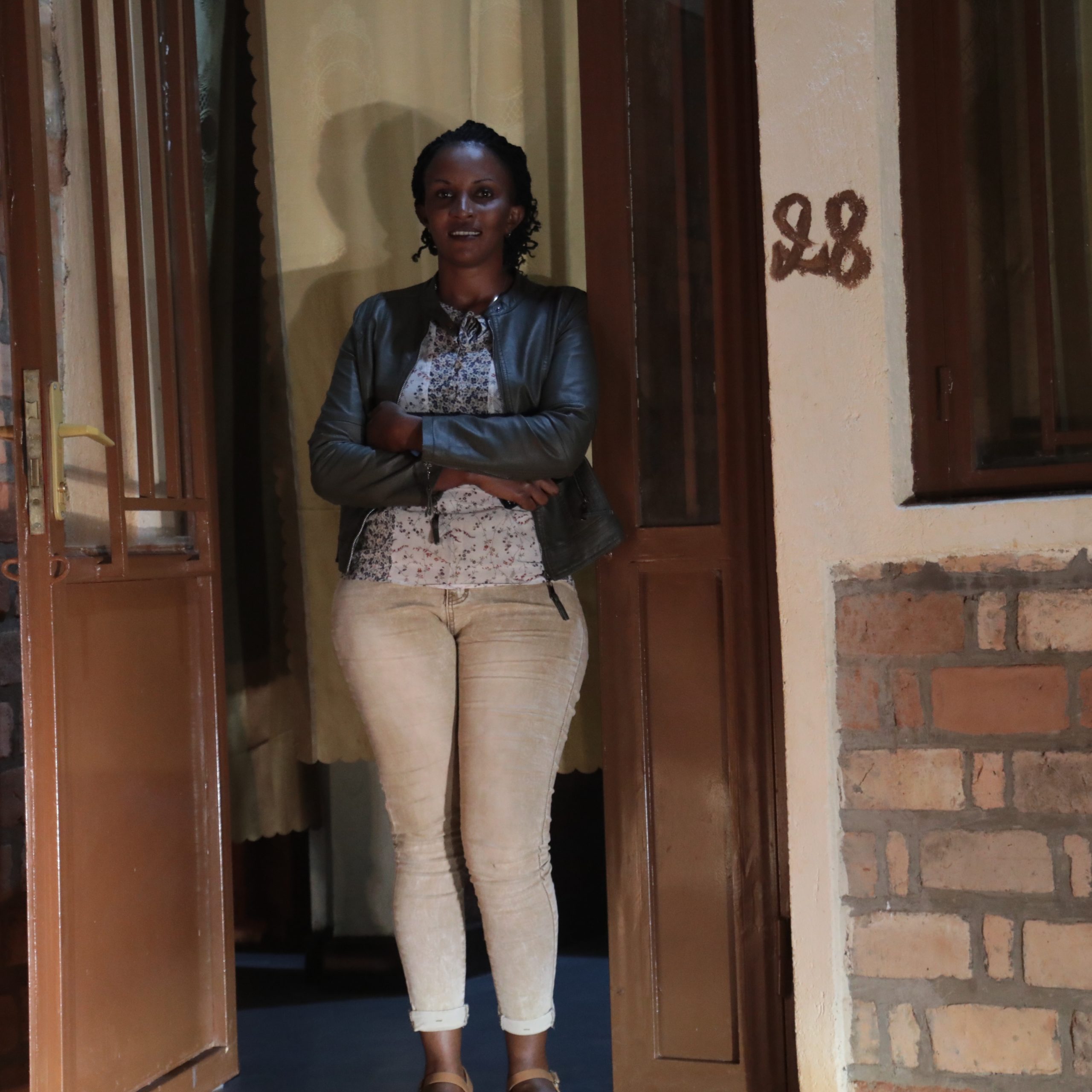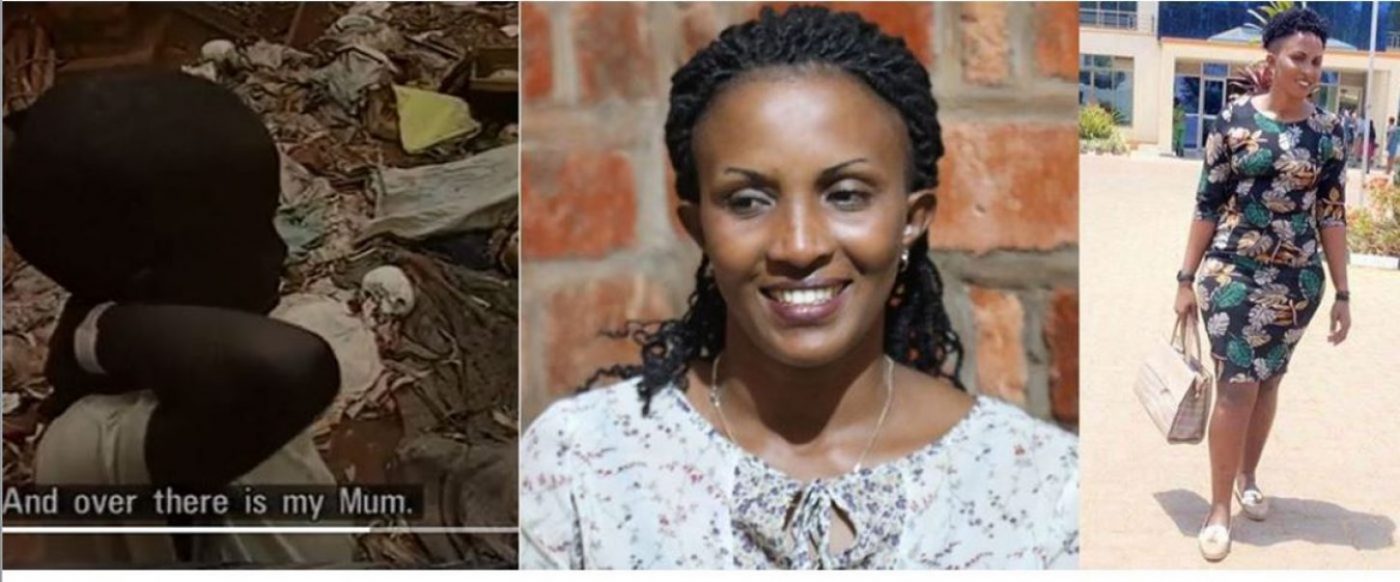
Marianne Mamashenge
As the country started commemoration of the 1994 Genocide against the Tutsi on April 7, a video of a little girl in tattered clothes, sobbing uncontrollably while pointing at the spot where her mother and father were killed, started circulating widely especially on social media.
The video perhaps stands out as one of those that bring out the grim reality of the events at the time, where parents were killed before their own children and where children had to find ways of their own survival or risk being killed.
This is the story of a young lady, Marianne Mamashenge. She was 5 when she was filmed by a group of foreign journalists in Ntarama, Bugesera district, Eastern Province, as she revisited the place where her parents were killed.
It is here that she literally rose from the dead, 26 years ago, having been counted among the dead at Ntarama Roman Catholic Church, a place where the grimmest massacres were recorded in the 1994 Genocide against Tutsi.
Many came to know Mamashenge through the short video, 22 seconds in which she was interviewed in front of thousands of bodies, among which her father and mother laid, before they could be given a decent burial.
For many, what was heartbreaking was how at such a tender age she could narrate the manner in which her parents Alphonse Kagenza and Anastasie Mukagaga were killed – just a couple of weeks after the Rwanda Patriotic Front (RPF) Inkotanyi had brought to an end the 100 day massacres.
“My father was shot and my mom was hacked to death with a machete,” she said in the video while pointing at the spot amid tears.
“I can recognize my mom,” she said while pointing at her body, “and my father whose body is over there,” she said in the video which is hard to watch without crying.
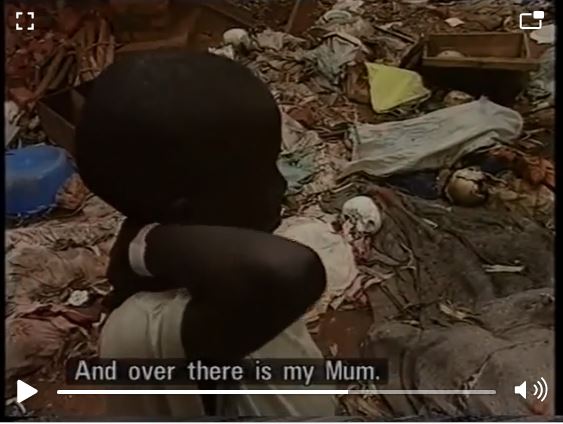
Not only did she lose her parents in the genocide, her two brothers were also killed at the same spot, which to date is one of the few memorials where the actual events, grim as they are, have been preserved for future generations to see.
As a child, Mamashenge recalls most of the incidents before and during the Genocide that impacted her life and family, even though at five she was still too young to make sense of everything as it unfolded.
She still recalls the circumstances the video was recorded by foreign journalists who found her seated at the church where her parents were laying.
“I used to escape from my guardians to come and spend time with my parents because it gave me a feeling that we were together,” she told KT Press from her home in Ntarama.
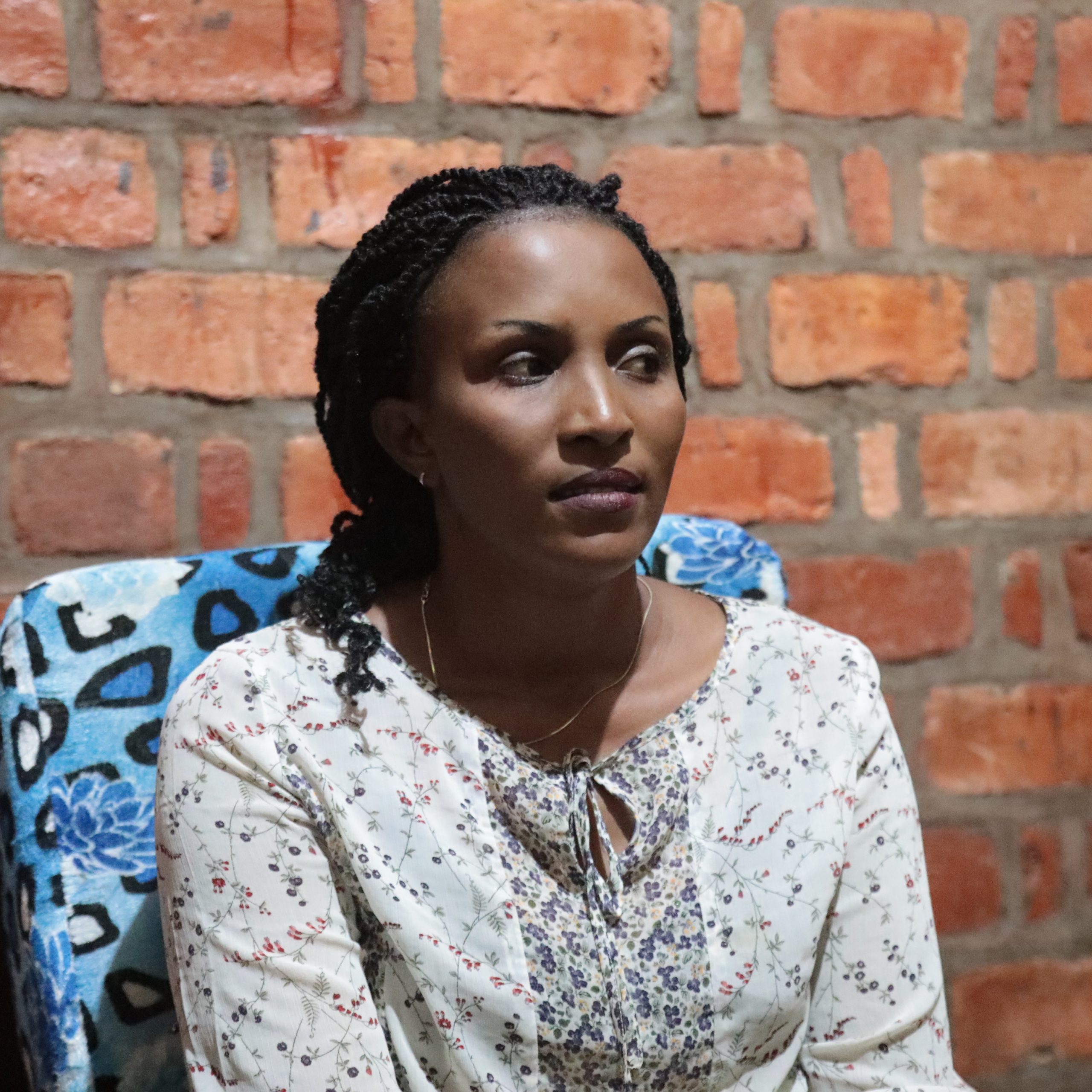
It is from here, in her house in Ntarama sector, that she narrated her family’s ordeal in the 1994 Genocide against the Tutsi.
“I remember well, it all started with the crash of President Habyarimana’s plane on April 6, 1994. I recall my parents saying that we would not survive that incident as Tutsi,” she said.
On April 7, 1994, her family including her parents and nine children as well as their Tutsi neighbours ran to Ntarama Catholic Church where they sought to seek refuge as their Hutu neighbours turned against them and started torching their houses.
The developments were familiar to Tutsis in Bugesera, having experienced the initial rehearsal of the Genocide which was conducted in Bugesera, in 1992. That very year, an Italian nun Tonia Locatelli was killed at the nearby Nyamata church for showing the Tutsi compassion.
It was common for the Tutsi to flee to church for safety since 1959, with the hope that they would be protected. Little did these Bugesera residents, including Mamashenge’s parents, know that even churches would turn into human butcheries.
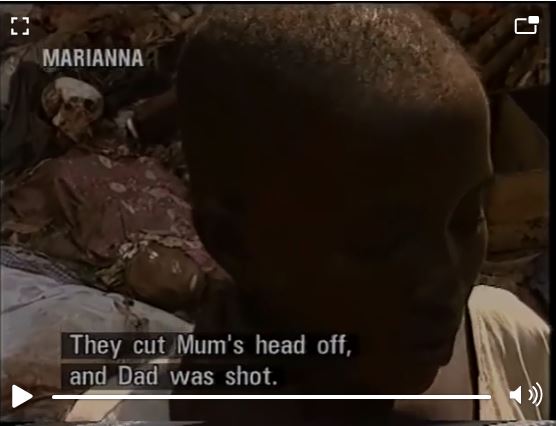
Mamashenge and her parents were among those who camped at Ntarama Church and would later be killed in their thousands, with her surviving miraculously.
Interahamwe militias descended on the church and hurled grenades indiscriminately into those who were hiding inside while those who attempted to flee were killed using traditional weapons such as clubs and machetes.
More than 5, 000 people were killed at this church.
It is here that the likes of genocide convict Gervais Ngombwa, who was sentenced to 15 years in jail by an American court for lying to US immigration, committed some of the worst recorded atrocities.
Ngombwa awaits to be deported to Rwanda after serving the sentence. A life sentence handed to him by Gacaca Courts in absentia awaits him.
Mamashenge’s memories at the church are nothing but gut-wrenching and extremely saddening for a 5-year old child at the time.
“On 8th of April, just a day after we had camped at the church, Interahamwe came and grabbed my mum who had literally put me on a leash using her ‘Kitenge’ so that I do not get lost,”
“I watched them as they cut her neck with a machete, her blood splashing all over me. My clothes were soaked in her blood,” recalls Mamashenge.
Her memories of this incident remain vivid and traumatizing. She needed emotional support to continue telling her story.
“I fell down among the dead, physically alive yet emotionally dead. The killers thought that I was dead because of my mother’s blood which was covering me,”
“They continued to kill people mercilessly. My father was also shot dead right there before my eyes, and so were two of my brothers,” she recalls
Her instincts told her to remain there, burying herself among the dead, exhibiting survival instincts unexpected of a child.
Those who managed to survive the carnage fled to the thick swamp by River Nyabarongo and she was left behind.
Later in the evening, some of their neighbours sneaked into the church to verify whether there were some people to save after the Interahamwe had left.
“Anyone still breathing here,” Mamashenge had a voice whispering from where she was hiding in the bodies.
She moved and the person noticed and picked her up and miraculously she managed to join the rest down in the swamp. Many Tutsi hid in this swamp until RPF Inkotanyi came to their rescue.
“I think we spent about one month there. I was sick when they rescued us,” she narrates.
From the swamp, the Tutsi put up stiff resistance against the Interahamwe but many lost their lives here after their stones and spears were no match of the militia’s bullets.
Many drowned in the river as they tried to escape from the rampaging killers who combed the swamp for their victims.
Even as difficult as the situation was, Mamashenge would, from time to time, escape back to Ntarama to see the bodies of her parents.
One fateful day, she was spotted by Interahamwe as she sneaked back to the church but luckily she was able to run away from her pursuers and returned to the Nyabarongo marshland.
Upon rescue from the swamp, Mamashenge was reunited with her two elder brothers and sister.
Even then, she would continue to escape and return to Ntarama Church to ‘reunite’ with her parents, sometimes spending even a night.
“When journalists found me at Ntarama seated near my dead parents who were among the thousands of victims, they were intrigued by my behaviour and they asked me to talk to them,” she recalls, revealing how the video came about.
After the Genocide, Mamashenge was taken in by her Uncle who helped her to start school with the Rwanda’s Genocide Survivors’ Fund (FARG) taking care of her education.
She joined Nyamata Primary School, then later joined a secondary school, after which she joined a university to pursue a Bachelor’s degree in Economics. She however dropped out for personal and family reasons.
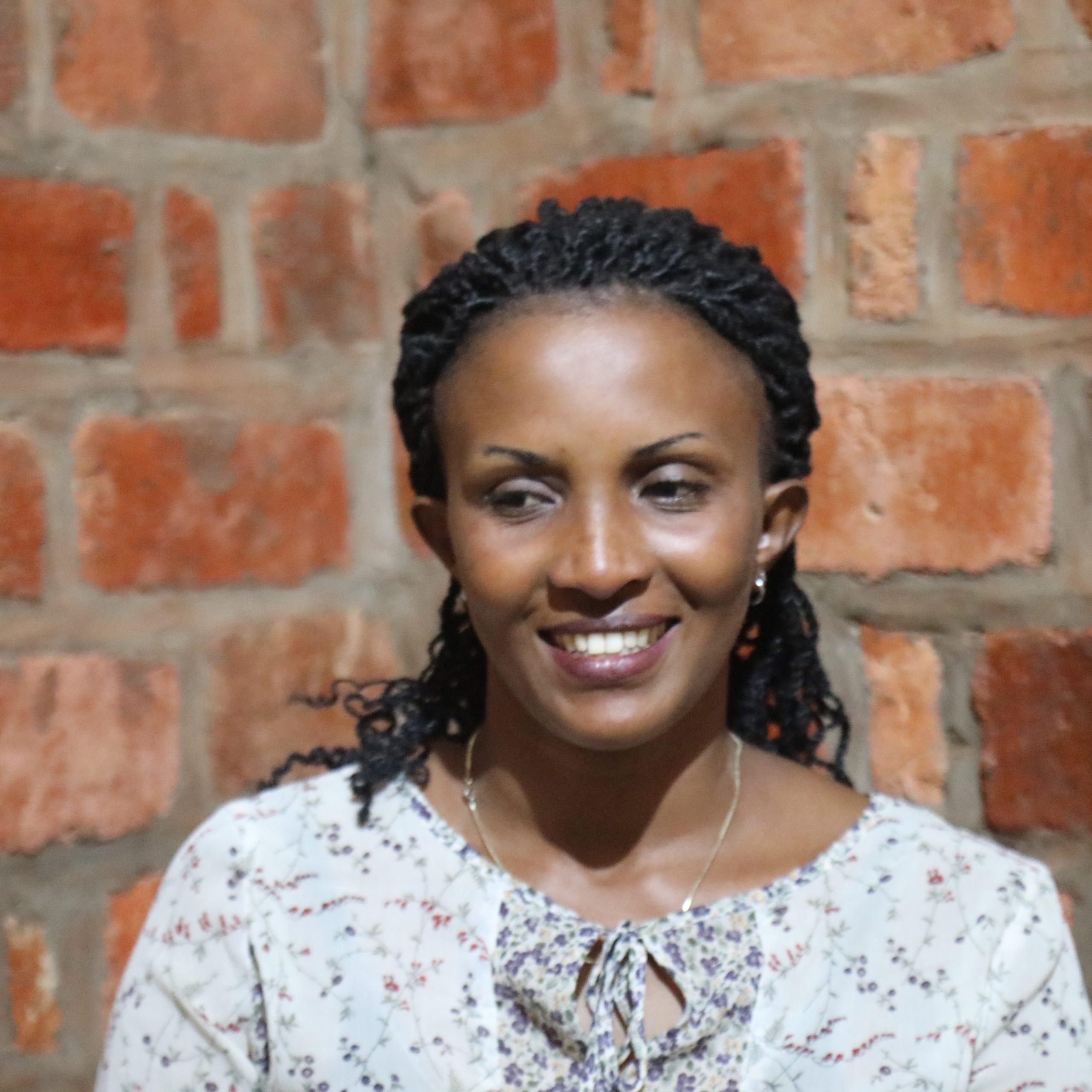
The mother of two says she has forgiven the killers and has refused to be a prisoner of her past.
“They are evil but I don’t want to be a hostage of the past. I have to carry on building a brighter future for myself and my children. As genocide survivors, we should never feel that all is finished for us,”
“God has a good plan for each of us,” she says, thanking the government for the support they have been accorded.
On the video, Mamashenge says it evokes memories of the time and makes her reconnect with her actions then.
“It makes me feel like my parents are with me. In fact, I buried them in my heart. I am particularly relieved whenever I get an opportunity to go and lay flowers on their grave,” she says.
As if to repay those who saved them, her brothers went on to serve in the army, now Rwanda Defence Force (RDF). Today, when they look back, the history is grim but the future has never been brighter.
